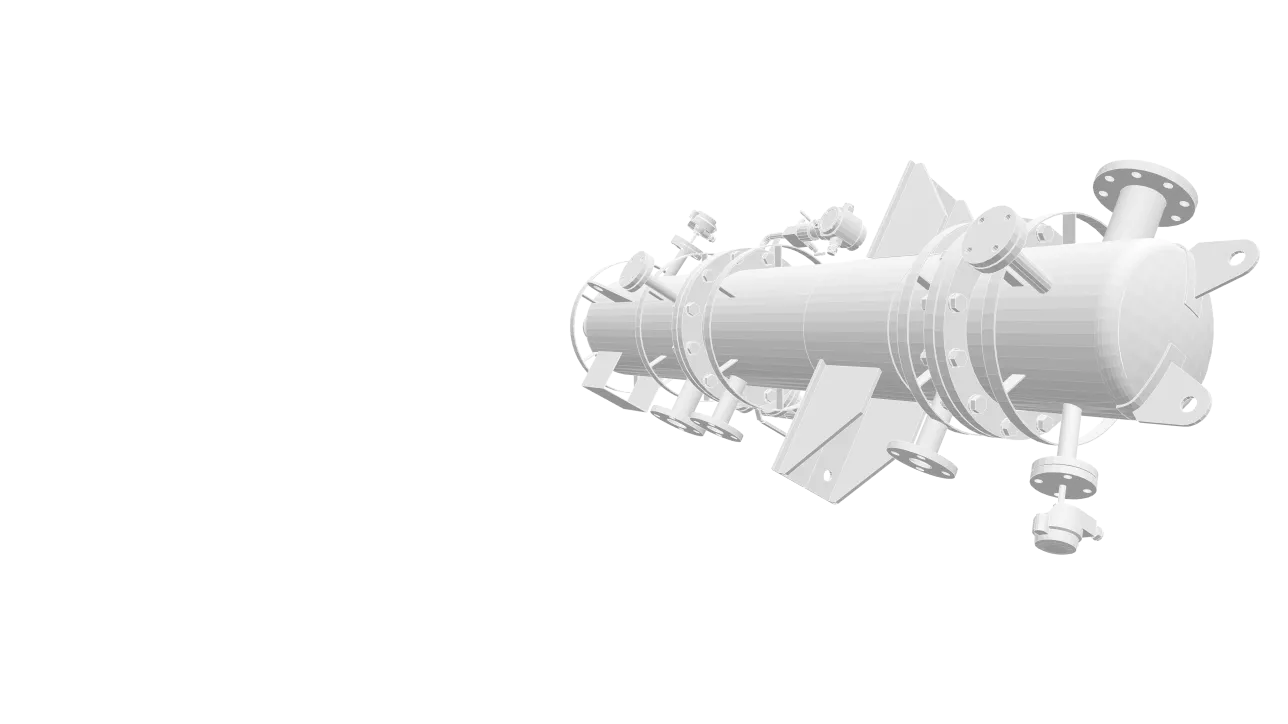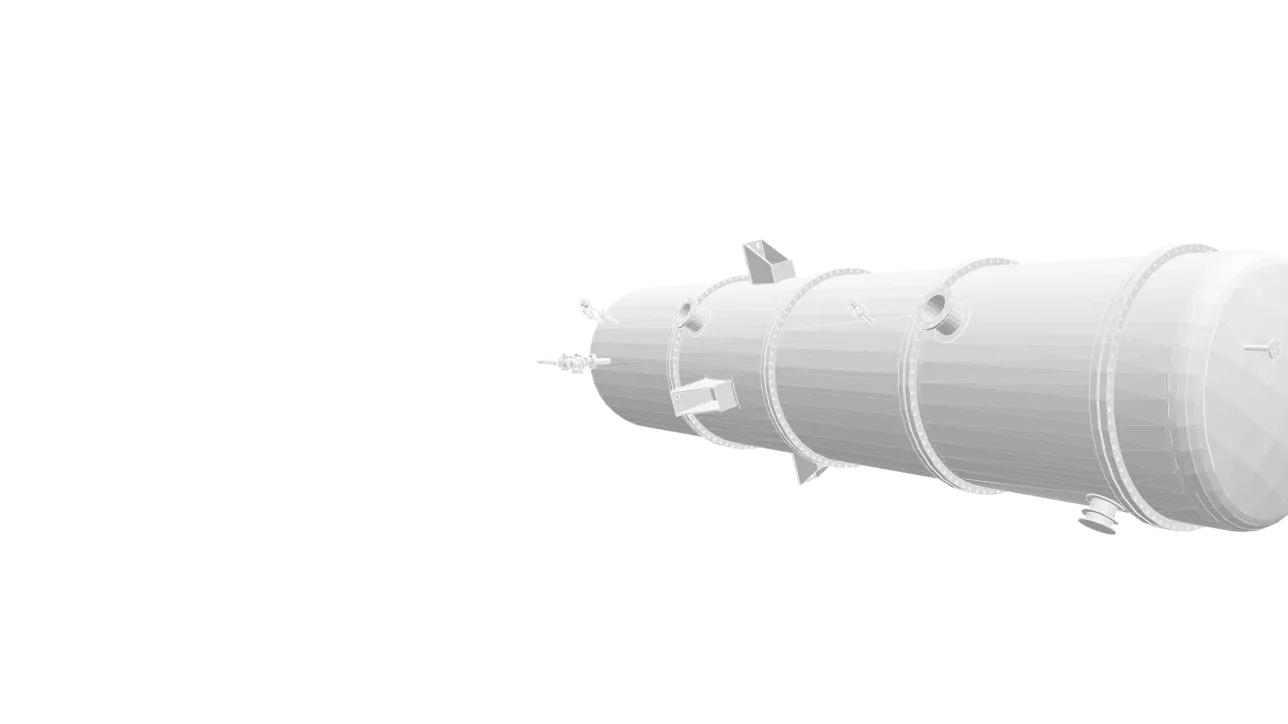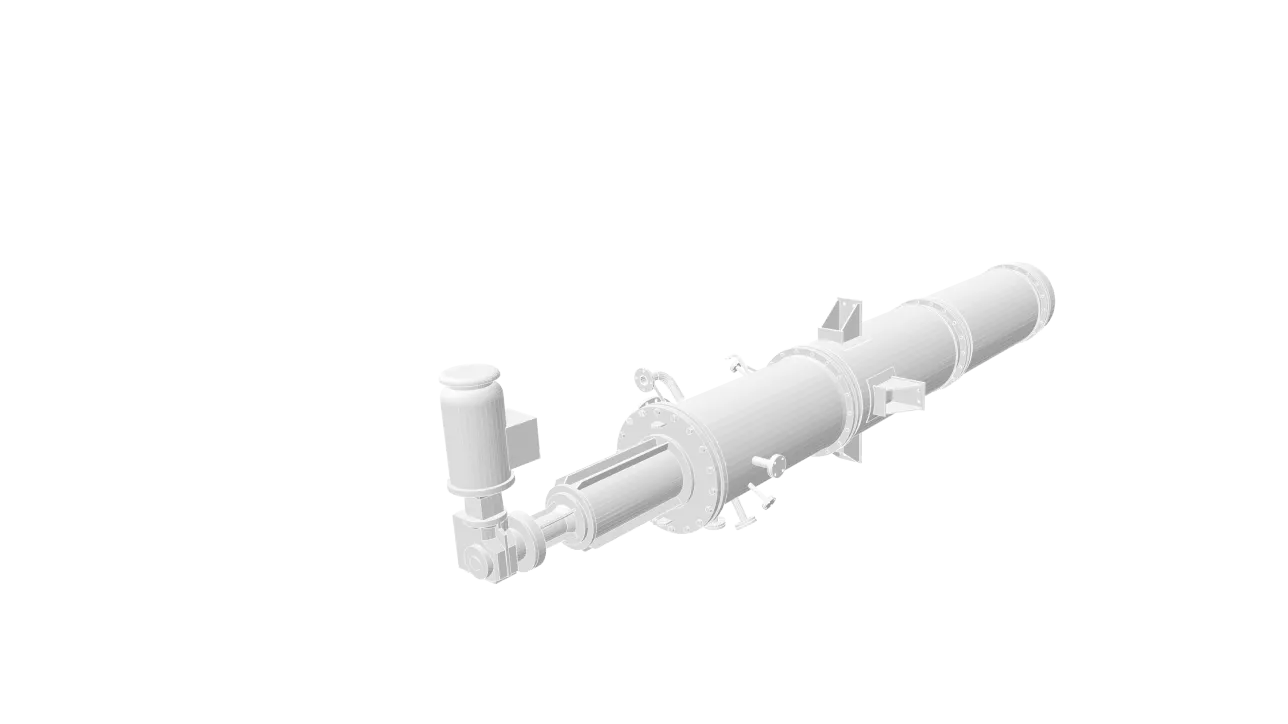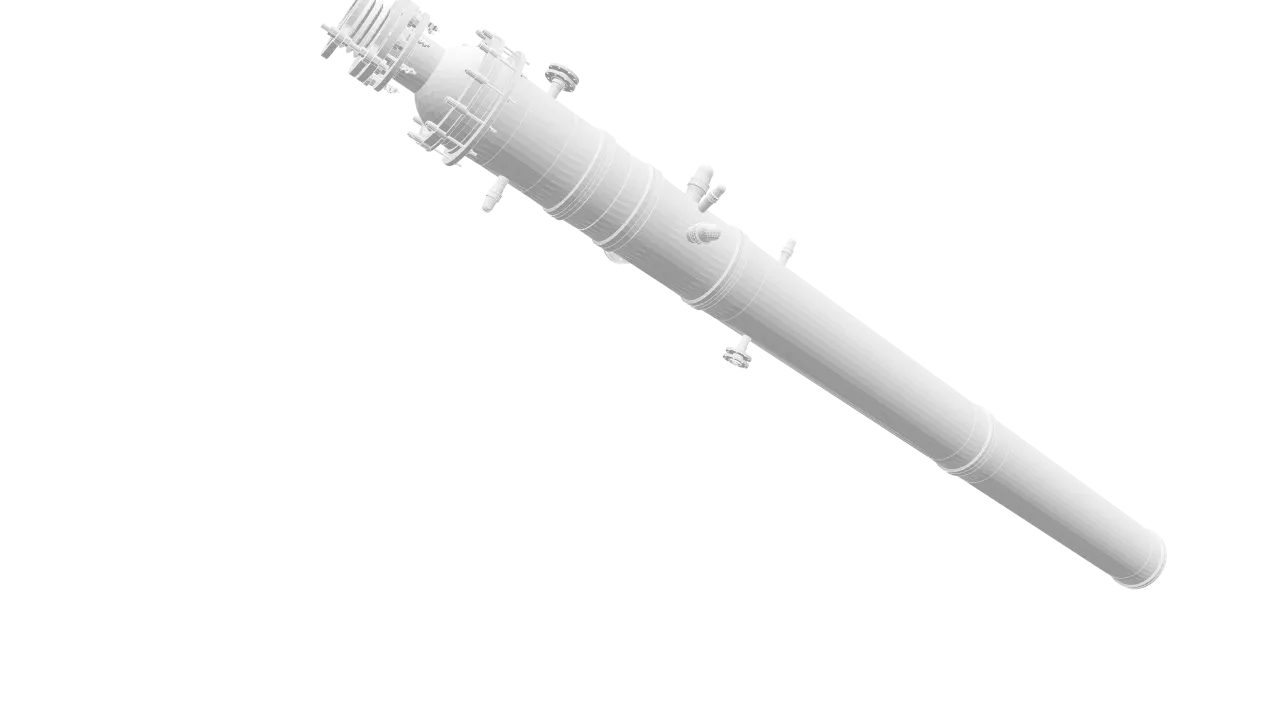
Hero
Distillation

Membrane technology
Technology for alcohols, solvents, aromas and odours separation
Alloy DistillationEvaporation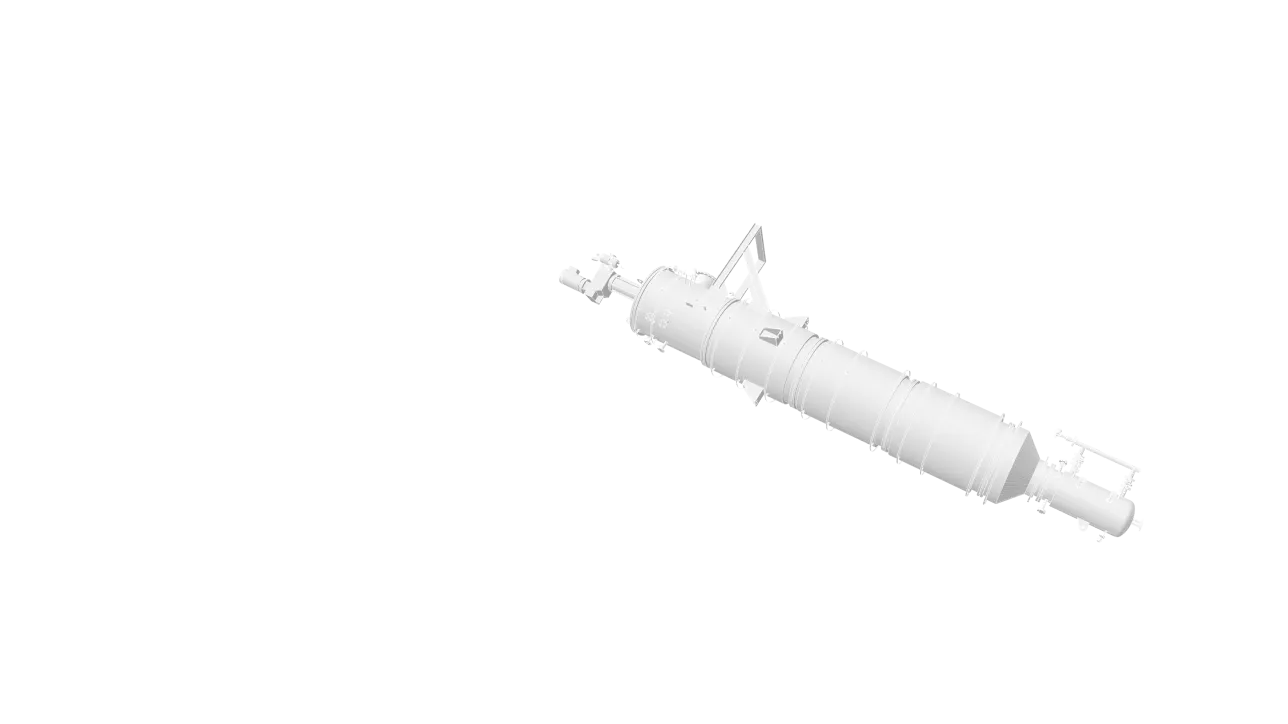
Horizontal Thin Film Evaporator
Best in class horizontal thin film evaporator
Alloy DistillationEvaporation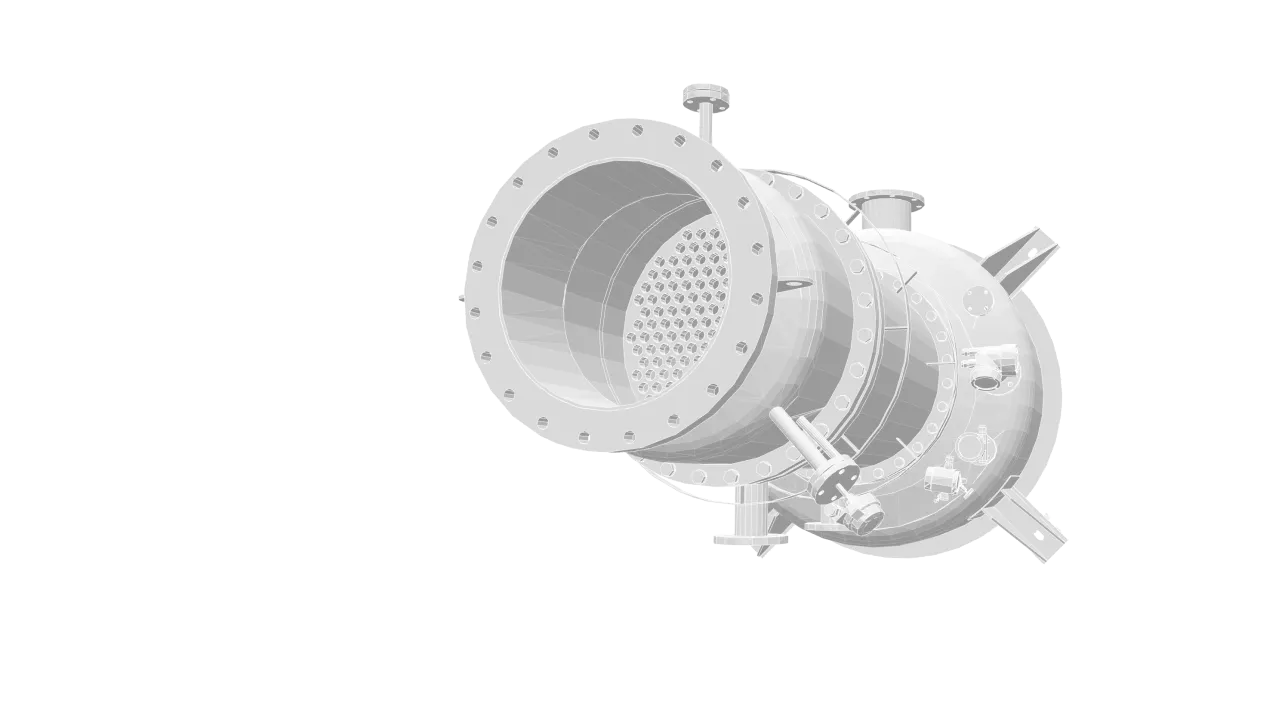
Short Path Evaporator
The unique evaporator for extraordinary applications
Alloy DistillationEvaporation
Force Circulation Evaporator
Robust equipment for difficult handle processes
Alloy DistillationEvaporation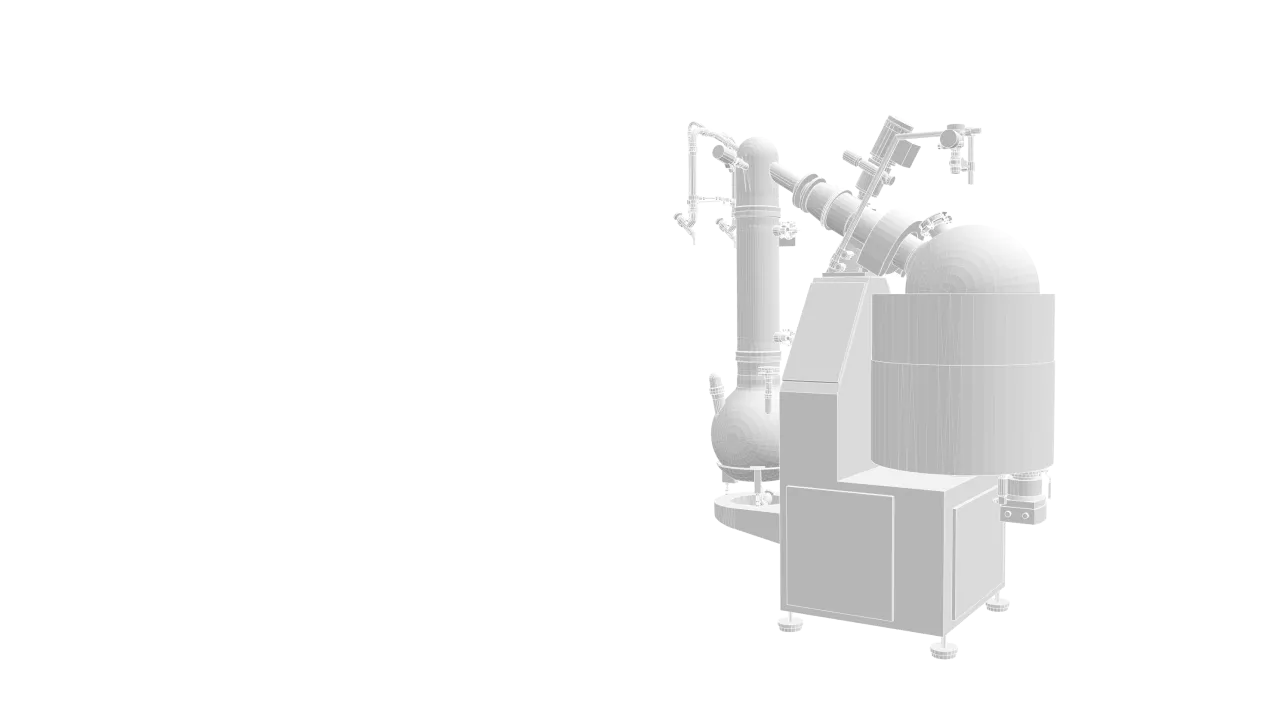
Rotary Evaporator
QVF® ROTADEST solution for solvent evaporation, crystallization, drying of suspensions, powders or granulates
Glass EvaporationDistillation